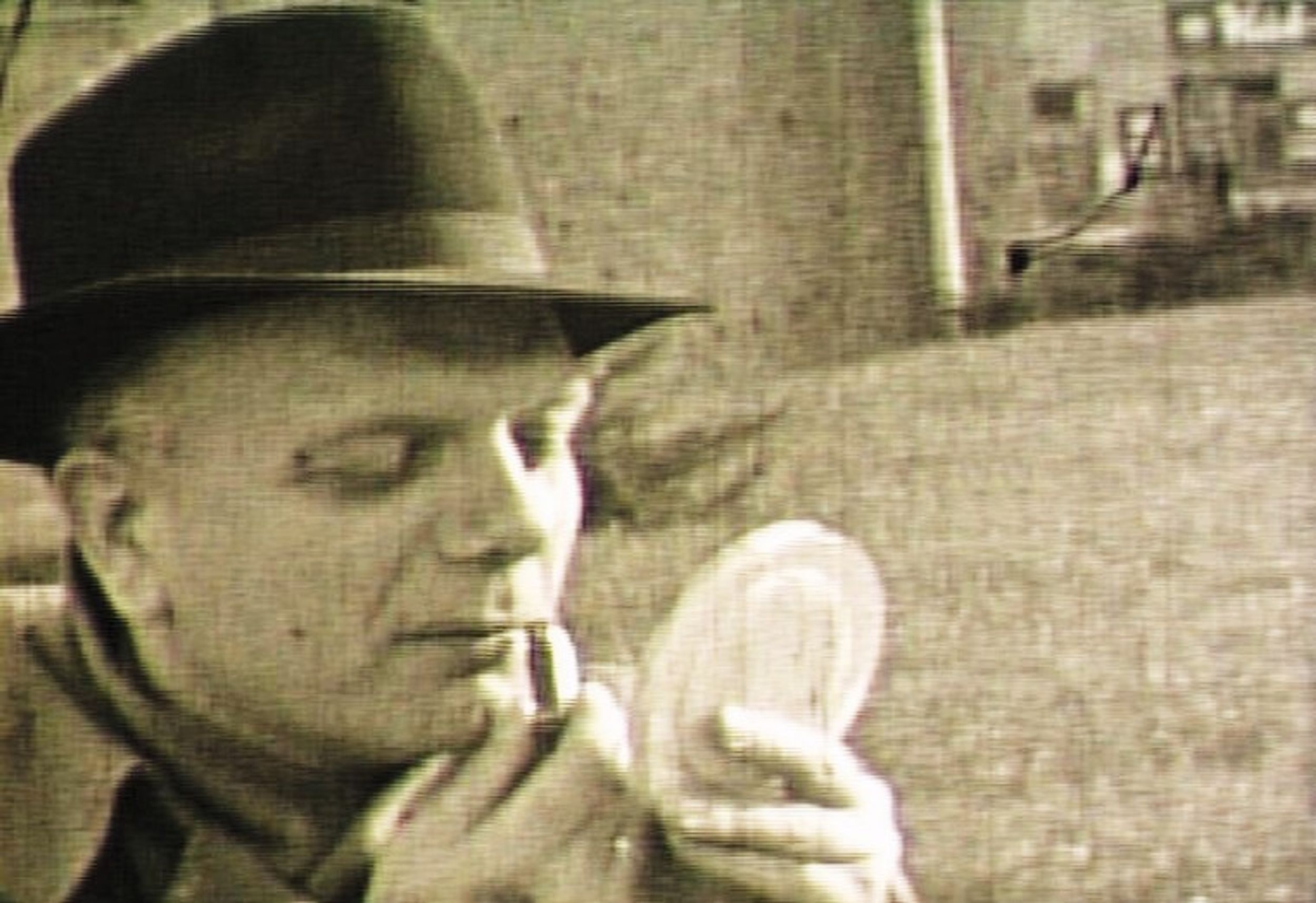
Vakvagany
By coincidence, director Benjamin Meade got hold of a box of home movies of the Locsei family from Budapest. He soon understood that these were not ordinary family movies, but that an alert beholder could discern much more than just simple domestic happiness. He approached three prominent observers to analyse the films, shot between 1948 and 1964. Experimental filmmaker Stan Brakhage, psychiatrist Roy Menninger and writer James Ellroy closely watched the seemingly frivolous images, that have been entirely incorporated in the documentary. In small details and odd shots, they already recognised omens of a complex, troubled family. Why was the naked baby filmed so unphotogenically from below, the psychiatrist wonders, and is it not strange that the mother holds her little son’s willie while he pees? In a dramatised scene, the father powders his face with mother’s make-up, and in another scene, jewellery and other possessions of murdered Hungarians are inventoried shortly after World War II. For his ‘visual non-fiction mystery’, as he calls it, Meade also used recent interviews with relatives and local residents, who divulge many things about the family. Thus, a formidable family tragedy unfolds, which is then corroborated by the now adult children. The son has become an alcoholic and has collapsed mentally; the daughter is hysterical and refuses to be filmed. By applying an experimental method, Meade examined to what extent film images create memories and meanings, which are different for everyone.